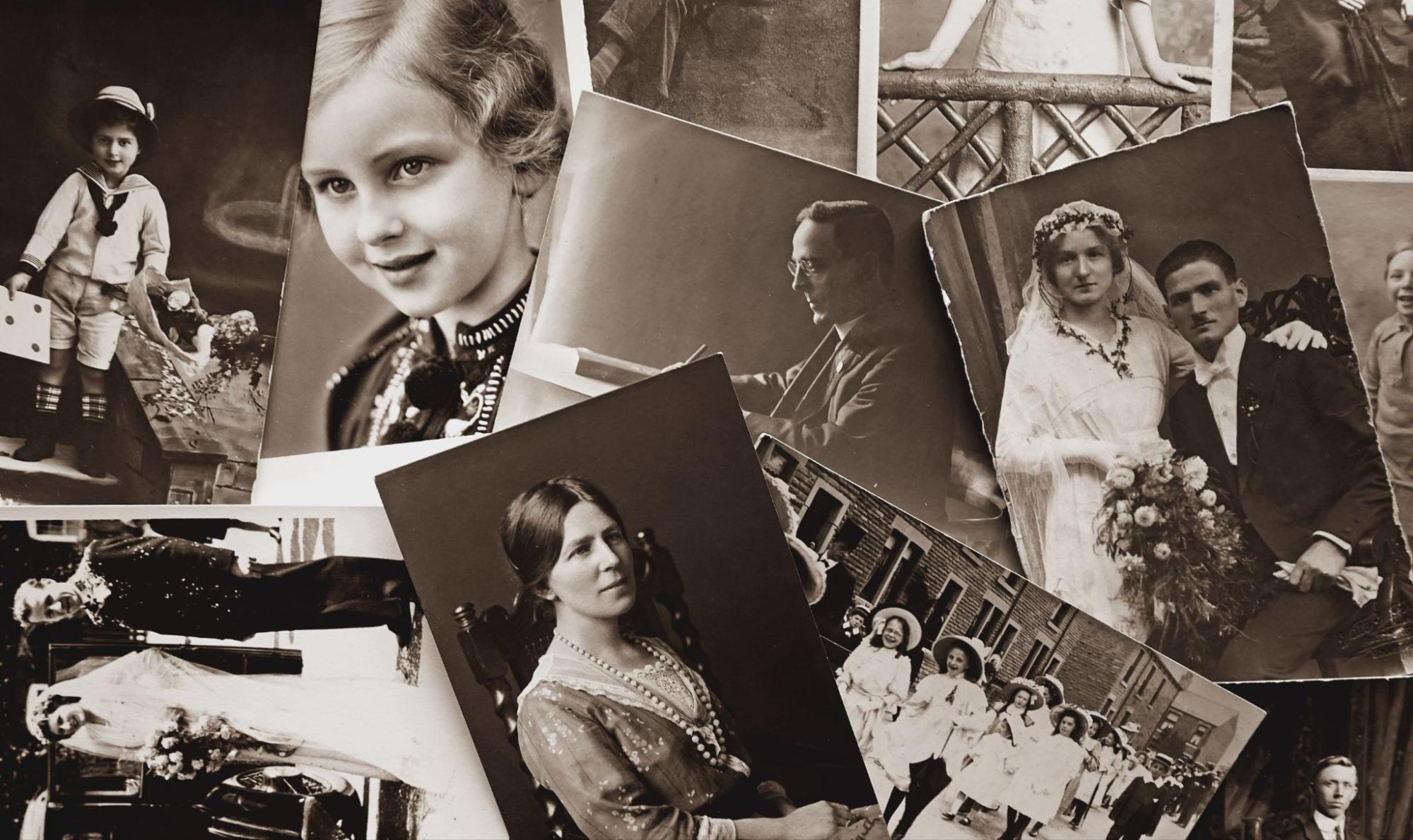Preserving family history is a valuable endeavor, and one way to honor our ancestors is to digitize old family photos. As time passes, these delicate photographs can fade, deteriorate, or even get lost. In this blog post, we will explore the importance of digitizing these precious memories, along with some ways to do it effectively. By following these simple techniques, you can ensure that your family’s legacy is protected for future generations to cherish.
Why Digitize Old Family Photos?
Old family photos hold a wealth of sentimental value and historical significance. However, physical copies can deteriorate over time due to factors such as exposure to light, moisture, and mishandling. By digitizing photos like these, you can preserve them in a digital format that is easily shareable, searchable, and less prone to damage. Plus, digitizing allows you to restore and enhance the images, breathing new life into cherished family memories.
How to Digitize Old Family Photos?
- Gather and Organize the Photos
Before diving into the digitization process, start by gathering all the old family photos you want to preserve. Carefully inspect each photo and sort them based on categories such as individuals, events, or time periods. This organization will make it easier to manage and locate specific photos in the future.
- Choose the Right Equipment
To digitize your old family photos, you will need a scanner or a smartphone with a high-resolution camera. If you opt for a scanner, invest in a model with a high dpi (dots per inch) resolution to capture fine details. Alternatively, smartphones with quality cameras can be an excellent option for digitization. Ensure that you have enough storage space to save the digitized photos.

- Clean and Handle with Care
Before scanning or photographing, gently clean the photos using a soft microfiber cloth to remove any dust or debris. Be cautious while handling fragile photos, using clean hands or cotton gloves to prevent smudges or fingerprints.
- Make a Scan or Take a Photo
When scanning, place each photo flat on the scanner bed and adjust the settings to the highest resolution. Save the scanned images in a lossless format like TIFF or PNG to retain their original quality. If you are using a smartphone, make sure you have good lighting and stabilize the camera to capture sharp and clear images. Various mobile apps are available for photo scanning, offering features like edge detection and automatic cropping.
- Organize and Store Digital Copies
After digitizing your photos, it is crucial to organize and store them properly. Create a dedicated folder structure on your computer, an external hard drive, or cloud storage, categorizing the photos based on your earlier sorting criteria. Consider using descriptive file names and adding metadata like dates and names to make searching easier.
Conclusion
Digitizing old family photos is a meaningful way to preserve and share cherished memories for generations to come. Now you know how to digitize photos and ensure that your family’s history remains intact and accessible. Remember, the process may take time and effort, but the rewards are immeasurable. For more details, follow the link and see how to digitize old photos. Take this opportunity to travel back in time, unlock the stories behind each photo, and connect with your family’s heritage like never before.
Jessica has a flair for writing engaging blogs and articles. She enjoys reading and learning new things which enables her to write different topics and fields with ease. She also strives to break down complex concepts and make them easy for anybody to comprehend.





